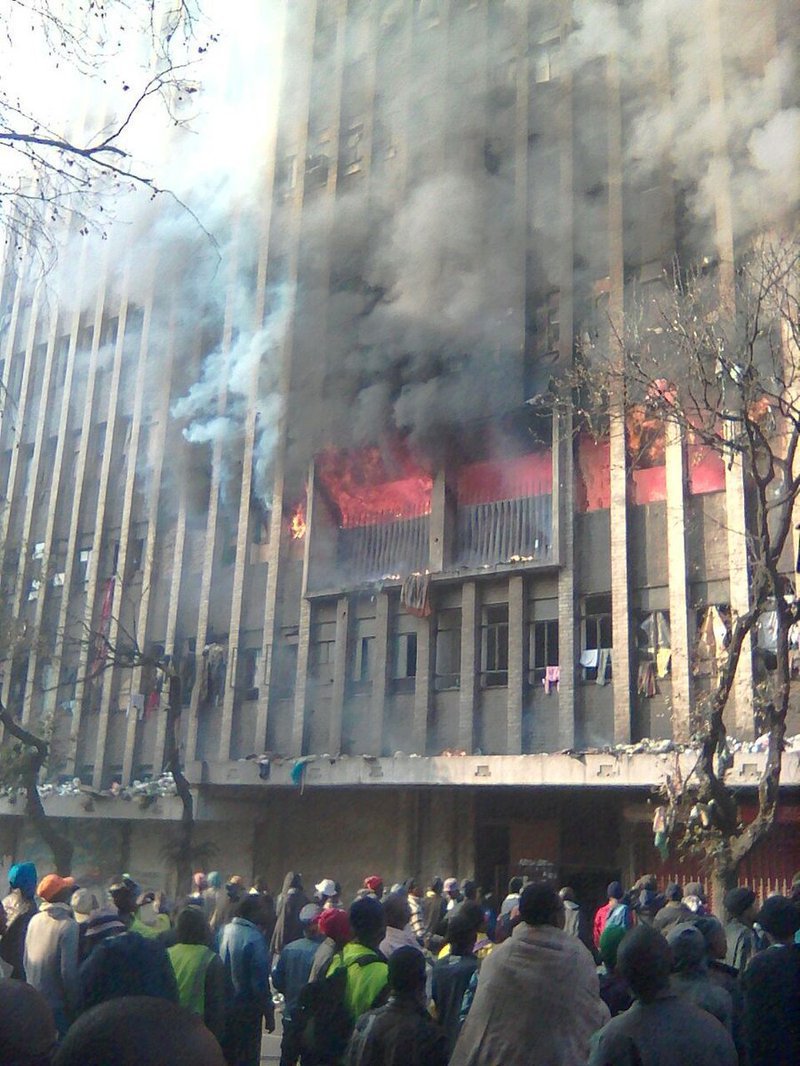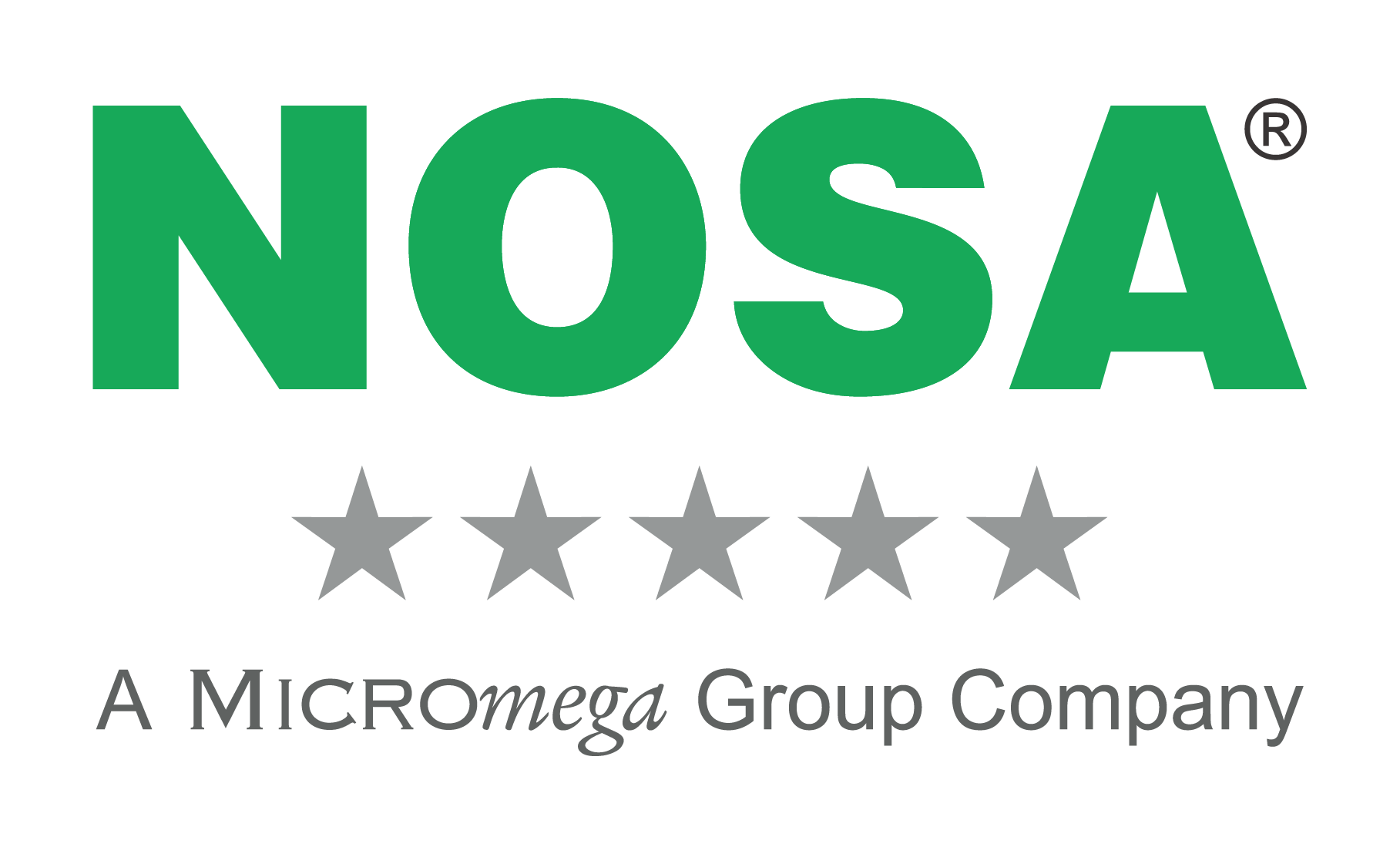
Yesterday, seven were confirmed dead as the result of a fire in the City York building in the Johannesburg CBD. One of the victims died when he jumped from the burning building. Four people who were stuck on the roof were thankfully saved, as well as fifty other people. Investigations are underway, but as of now, the cause is unknown.
Does it seem as though fire is everywhere at the moment?
Fire safety – or the lack thereof – is front of mind right now, and because of this, we’ve curated everything we’ve published on fire, and fire safety, as a one-stop resource for you to use in light of these current events. There couldn’t be a better time to assess your current risk management systems to ensure they measure up.
What to do if you’re in a building on fire
This helpful infographic provides tips and tools for the following:
- If you suspect a fire or hear a fire alarm
- If you’re trapped in a room
- If you’re trapped on the upper floors of a tall building
- If you’re caught in smoke
- If you are forced to advance through flames
- If you encounter a small fire
- Fire extinguisher instructions
- Universal tips
Is your workplace up to scratch?
Your workplace needs to provide certain basic conditions to comply with fundamental health and safety in the workplace. Take a look at this image to see if your workplace is up to scratch.
Refresher: Are your fire safety measures up to standard?
Remember when the Durban skyline was blackened by a fire that blazed within – and without – a local factory. The fire broke out on the morning of Friday the 24th of March, at a 200 000 m2 Transnet-owned wax-production facility, and eventually razed the building to the ground. According to some reports, the fire hydrants at the warehouse were not being serviced regularly. Let’s take the opportunity to review the basic fire safety standards every company should meet.
What the #Knysna fires reminded us as safety professionals
In the week that ended on the 9th of June, South Africans were just recovering from the devastation left by the massive storm in the Cape, when they were confronted with the news that Knysna – and pretty much all of Knysna – was burning. At the time of writing this story, seven people have died, including a farmworker, his pregnant wife and toddler son, with 10 000 people having been evacuated from their homes and taken to safety. This blog focuses on workplace fires, but this does not mean you cannot apply the same safety tactics throughout all areas of your life.
#GrenfellTower fire: How safety officials may have been derelict in their duties
On the 14th of June, the deadliest English mainland fire since 1900 occurred at Grenfell Tower, a 24-storey, 220-foot high tower block of public housing flats in North Kensington, in west London. Several media outlets reported that it may have been caused by a faulty refrigerator. The speed at which the fire spread is believed to have been aided by the building's recently added exterior cladding. So – what are the non-negotiable safety, fire safety and emergency controls and procedures that should have been in place? Here are nine of the most essential points that are required.
Need a fire safety consultancy brochure?
Sources:
https://www.ecr.co.za/news/news/one-person-leaps-death-joburg-building-fire/
http://blog.nosa.co.za/blog/what-the-knysna-fires-reminded-us-as-safety-professionals
http://blog.nosa.co.za/blog/infographic-what-to-do-if-youre-in-a-building-on-fire
http://blog.nosa.co.za/blog/infographic-is-your-workplace-up-to-scratch
http://blog.nosa.co.za/blog/refresher-are-your-fire-safety-measures-up-to-standard





